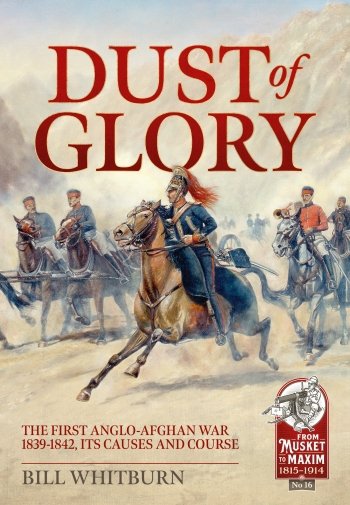-
Załączniki bezpieczeństwa
Załczniki do produktuZałączniki dotyczące bezpieczeństwa produktu zawierają informacje o opakowaniu produktu i mogą dostarczać kluczowych informacji dotyczących bezpieczeństwa konkretnego produktu
-
Informacje o producencie
Informacje o producencieInformacje dotyczące produktu obejmują adres i powiązane dane producenta produktu.HELION
-
Osoba odpowiedzialna w UE
Osoba odpowiedzialna w UEPodmiot gospodarczy z siedzibą w UE zapewniający zgodność produktu z wymaganymi przepisami.
The Russian-sponsored attack by the Shah of Persia on Herat was the latest move in the longrunning tournament for predominant influence in Central Asia called the Great Game. Its proximity to India could not be tolerated as it threatened British designs for the expansion of trade along the Indus valley. Urged on by hawkish secretaries, hoodwinked by the wily Maharaja of Punjab and prompted by his political masters in London, the ostensibly peaceful Governor-General of India, Lord Auckland, ordered the assembly of a vast army to counter the Persian move. The opportunity was also to be used to replace Shah Shuja back on his ancestral throne of Afghanistan. At the eleventh hour, Persia withdrew from its failed attack and to many a sage observer, Lord Auckland should have ordered his army back to barracks. Instead, an army of 10,000 soldiers, 50,000 transport animals and 30,000 camp followers advanced in December 1839 for the single purpose of regime change. From the very first blare of bugles and the cracking of whips, this glorious army was to prove that the path to Hell is paved with good intentions. In Dust of Glory the author explores the causes of the First Anglo-Afghan War and describes its course gleaned from a multitude of sources supported by seventeen sketch maps of key actions. No lessons were learnt as five more conflicts were to follow in this country that only produces fruit, nuts and opium.








